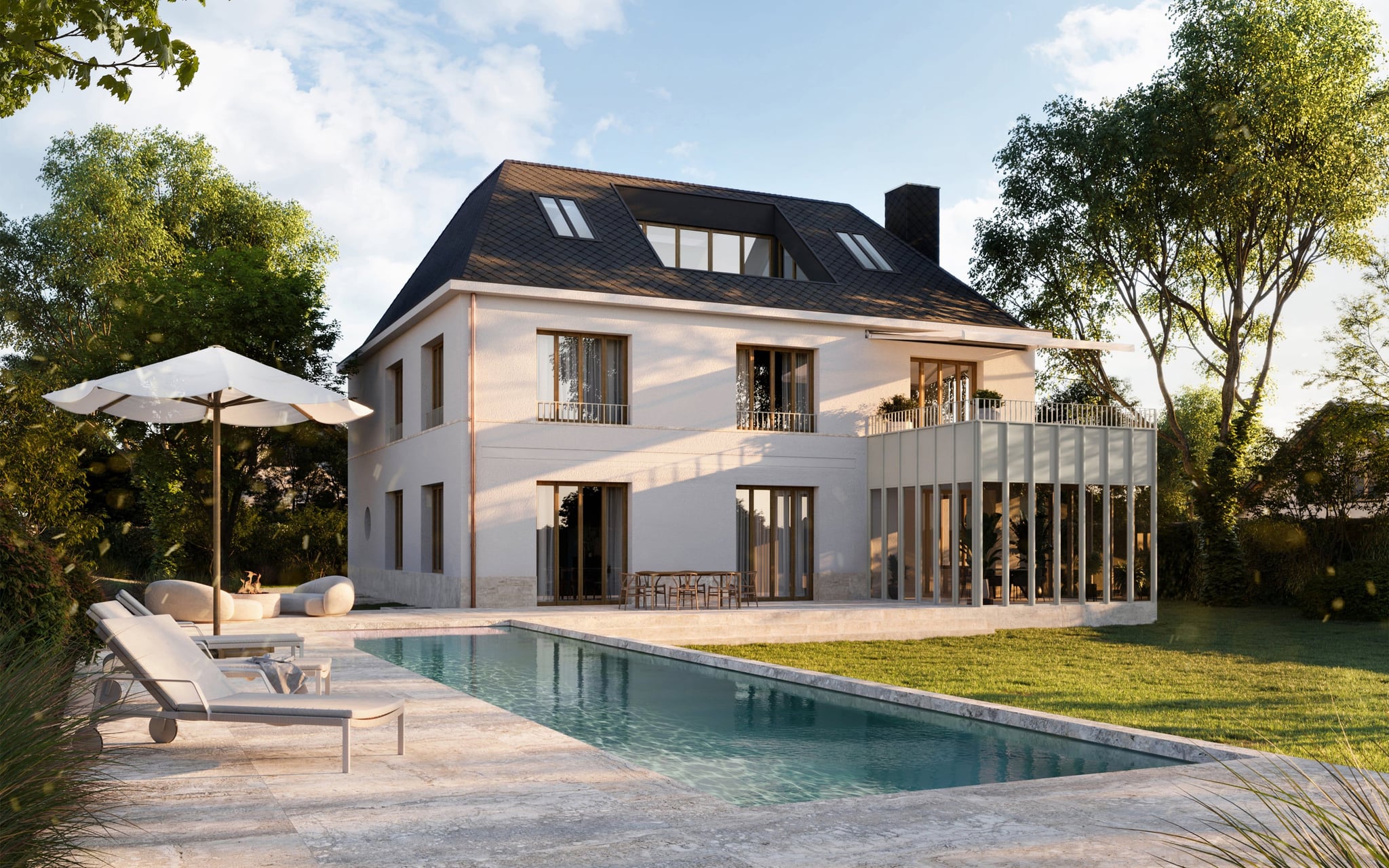How to Successfully Outsource 3D Visualizations
As many Real estate developers, architects and designers will agree, with the arrival and constant unprecedented development and growth of the CGI ( 3D Visualization ) technologies, the process of promotion, marketing, presentation, and development of the projects became more effective. Today the level of 3D Architectural and Product Visualization is so advance that it can create any building / interior / product with the finest details, materials, textures, and lightning that you imagine.
The growth of the 3D Visualization Industry inevitably leads to the increase in the outsourcing of 3D rendering services to specialists in order to get great and expected results. However, it is not that simple as sending the 2D drawings and receiving outstanding 3D Visualizations and many people are still unfamiliar with the process. Effective and on-time communication, the right inputs, and full feedback are just parts of the sauces collaboration.
I have gathered for you common yet critical mistakes, which you should try to avoid when looking for 3D Architectural or Product Visualization.
1. Ambiguity in explaining the vision and goals.
A lot of customers don’t explain the end goal they envision to the 3D Visualization artists. Is it a presentation or portfolio piece? Are you planning to use it as a marketing tool? What are the main focus points / highlights of the building which you would like to showcase? What is the location of your property? Should the surrounding also be presented and how precisely represented should it be?
If all the information is not explained in detail while commissioning high-quality 3D Visualization, you might not get the output you are seeking, as 3D Artist will not know exactly what you are looking for. It is crucial to communicate your vision and goals clearly from the beginning to avoid misunderstanding and ambiguity.
2. Not enough information.
The final result will only match the vision you had only if you provide as many details as possible. This will not only help you and your 3D Artist to be on the same page but will also help you to avoid and delays, extra changes and keep the project to the agreed budget. And the main point is that your project will be completed just the way you want to.
If you want or have, you can even provide your 3D Visualization specialist with additional files like site photos, topography plans, interior design info, furniture pieces, colors, and material. The more references and visual guidelines you provide, the better the outcome will match your expectations.
On the other side, you should always keep in mind, that giving too many options and a variety of possible elements can be confusing and won’t help to achieve the desired outcome. Just be specific as much as possible, as it's one of the main keys to a successful project.
3. Not checking the 3D Visualization Artist’s portfolio before using their service.
It may seem ridiculous, but it's actually a common mistake for architects, real estate developers, and product companies to hire the wrong person for the job. At the moment there are a lot of 3D Visualization agencies, but it doesn’t mean that all of them can do the job you want them to. If you don’t care much about the quality of the final result, you can hire almost any random agency for this task. But if you have a specific vision or a rendering style in mind, it is worth investing time into research and check of portfolios on the market, to be sure that the 3D Artist fits your specific style, budget, and you will know what to expect.
You should also check out the pricing aspect. While cost is a very important aspect; by no means its the most critical element in 3D Visualization. The cheapest bids are in a lot of cases coming with a lot of flaws. If it is too low, it could be due to a lack of experience in the field and your project might be subject to their learning process. What are the methods of communication with the clients? How much feedback will you be able to give and how many changes can they do without extra charges.
All these points you should take into consideration, before making the final decision. But the good news is: even if you are operating with a very limited budget, invest your time in research and you will be able to find a great 3D Specialist without compromising quality or spending a fortune.
4. Not giving full/correct feedback.
When 3d artists are working on your design, it's impossible for them to have the same image of the project that you have. That is why the professionals are dividing their processes into stages and sending you the drafts for you to be able to see the progress and give your inputs or correction if needed.
Corrections are part of the process and they are inevitable. The faster and earlier they are dealt with better will be the result. After doing the review and finding anything that needs to be changed, be clear when it comes to providing feedback on the corrections that have to be done. Don’t like some element? Be specific about it, say why exactly you don’t like it and what needs to be changed. If you have something specific in mind, you can always provide images as references and a clear description of which element you would like to be used in your project.
You can create a bullet point list with all the corrections and send it in the written form or send the corrections on top of the drafts, which will clearly indicate which areas have to be redone. If the feedback from your side comes late or is unclear, it can result in a large part of work, which has to be done in a short period and might lead to dissatisfaction for both sides.
3D Visualization is worth investing and when done right it is a great tool. Stick to your vision and try to avoid the mistakes I have spoken about every step of the way. Choose your 3D Visualization Artist carefully and make sure that you get the right guarantees and protection of your data. Explain your end goals clearly and provide all the necessary and available data (drawings, material specs, furniture pieces, references, site photos), so that too many corrections can be avoided. Give the feedback points clear and on time, but also ensure that you don’t interfere in the workflow of the 3D Artist too much.

